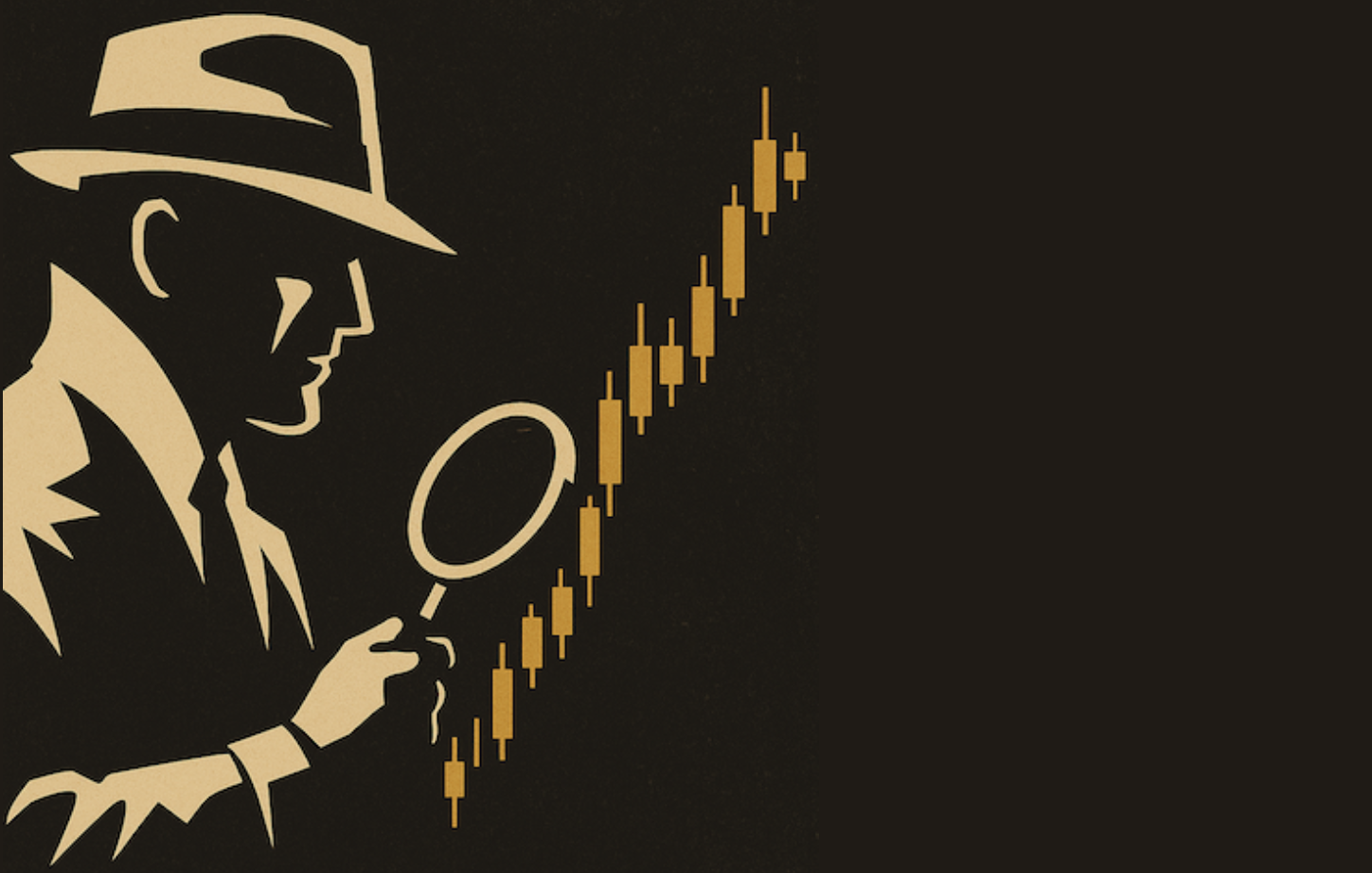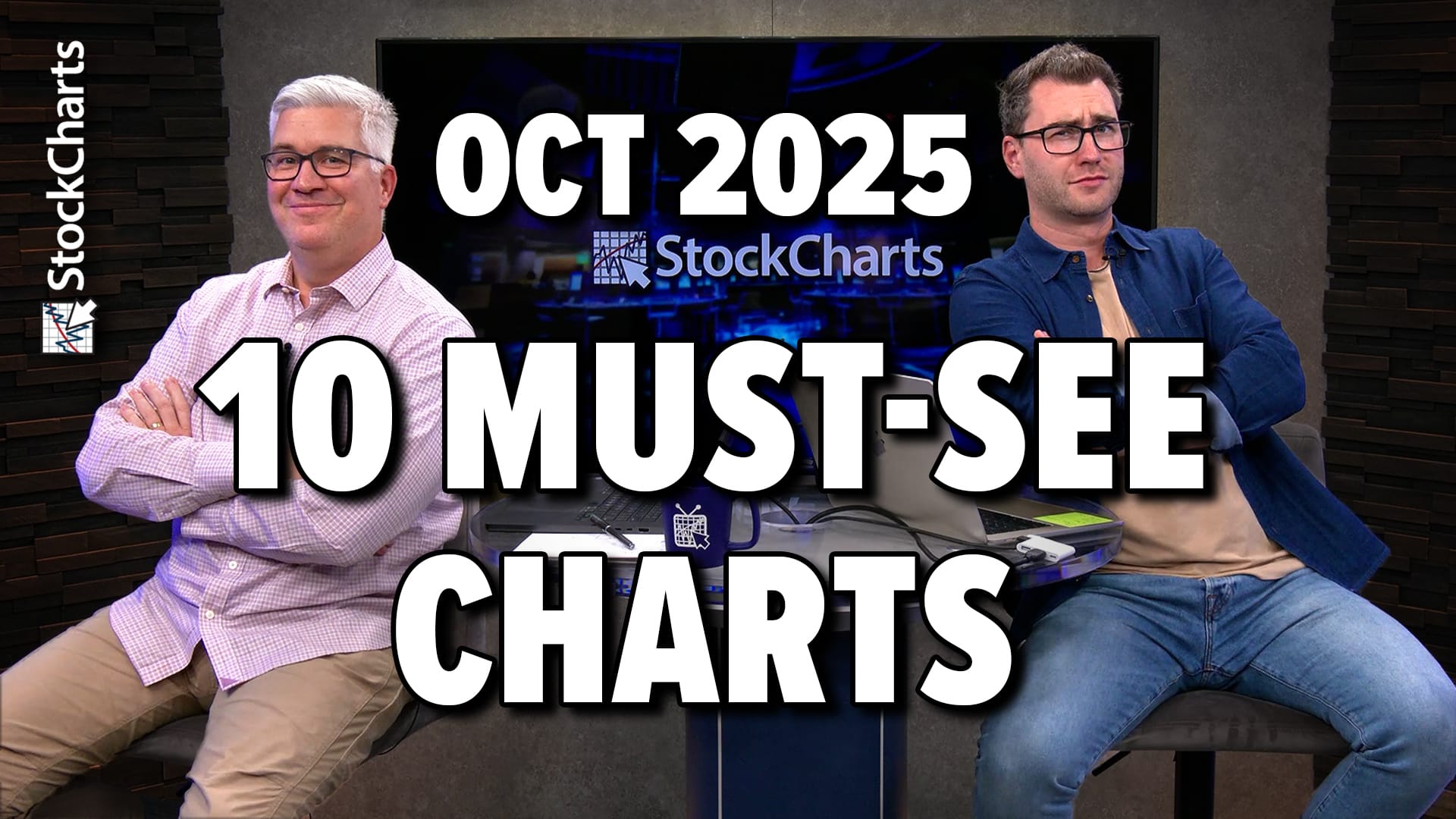SMALL CAPS STILL LEAD LARGE CAPS -- LARGE CAP VALUE BEATING GROWTH -- IT'S THE DIVIDENDS
SMALL CAPS STILL LEAD LARGE CAPS ... Small caps have been the best performers by size this year. The Russell 2000 Small Cap Index has gained 11% this year versus 6% for the large cap Russell 1000 Index and the S&P 500 Large Cap Index. Midcaps came in second with a yearly gain of 9%. Although small and and large cap benchmarks have both hit new highs for the year, the falling relative strength line in Chart 2 shows how much the large caps have been trailing the small caps especially since August. Beneath the surface, there's more to the story. Each size category can also be broken down further into growth and value. In all three size categories (small, midcaps, and large) value did better than growth during 2004. Small caps show the least difference between growth and value. Small cap value (17%) beat growth (16%) by only one percentage point. The difference between midcap value (11%) and growth (8%) was a little bigger at 3%. The biggest difference between growth and value has been seen in the large caps. Large cap value has gained 9.6% for the year versus only 2.1% for large cap growth. That's a pretty big spread. .

Chart 1

Chart 2
LARGE VALUE STRONGER THAN GROWTH ... The next two charts demonstrate the wide discrepancy between large cap value and growth. The S&P 500 Large Cap Value Index is trading well above its early 2004 high. The SVX/S&P 500 ratio has been rising since May, and suggests that large cap value has been primarily responsible for the recent move by the S&P 500 into new high ground. Chart 4 paints a different picture. It shows the large cap growth index stalling just below its early 2004 peak near 575. That may also explain why the S&P 500 itself has run into some recent selling. The SGX/S&P 500 ratio has been falling all year. Clearly, value has been the place to be in the large cap world this year. The question is why.

Chart 3

Chart 4
IT'S THE DIVIDENDS ... Charts 5 and 6 plot two large cap ETFs that look remarkably similar. Chart 5 is the S&P Value iShares (IVE) which is based on the value index shown in Chart 3. Chart 4 shows the iShares Dow Jones Dividend Index ETF (DVY). And therein, I believe, lies the answer as to why large cap value has been preferred by most investors. It comes down to the preference for dividends. The tax bill passed last year cut the tax on dividends to 15% and made them a lot more attractive for investors. As a result, a lot more companies are raising dividend payments. Higher dividends also provide investors with some measure of protection against a stock market downturn. Higher dividends also make value stocks more attractive than Treasury bonds which pay historically low yields. The makeup of both ETFs is also pretty similar.

Chart 5

Chart 6
BOTH ETFs INCLUDE HIGH YIELD STOCKS ... The top sectors represented in the Dividend ETF are banks, electric utilities, chemicals, tobacco, fixed line communications, and energy. All pay dividends. The large cap value ETF favors financials, utilities, consumer discretionary, energy, telecommunications, healthcare, and materials. There's a lot of overlap between the two large cap funds and they have one thing in common. They favor large cap stocks that pay dividends. Only time will tell if investor preference for value over growth also betrays some lack of trust in the long-term staying power of the current market advance.

Chart 7

Chart 8
THREE WAYS TO PLAY DIVIDENDS ... Charts 7 and 8 show two other large cap ETFs that show essentially the same disparity shown previously. The Russell 1000 Value Shares (IWD) are trading at new yearly highs --while the Russell 1000 Growth Shares (IWF) aren't. It seems fair to suggest that the stock market needs an upside breakout by large cap growth stocks to keep its momentum going. If you want to join in the dividend game, your three best options are the two large cap value ETFs shown herein -- the S&P 500 Value iShares (IVE), the Russell 1000 Value iShares (IWD) or the DJ Dividend iShares (DVY). It's a safer way to play the stock market rally. And, so far at least, it's also been more profitable.













